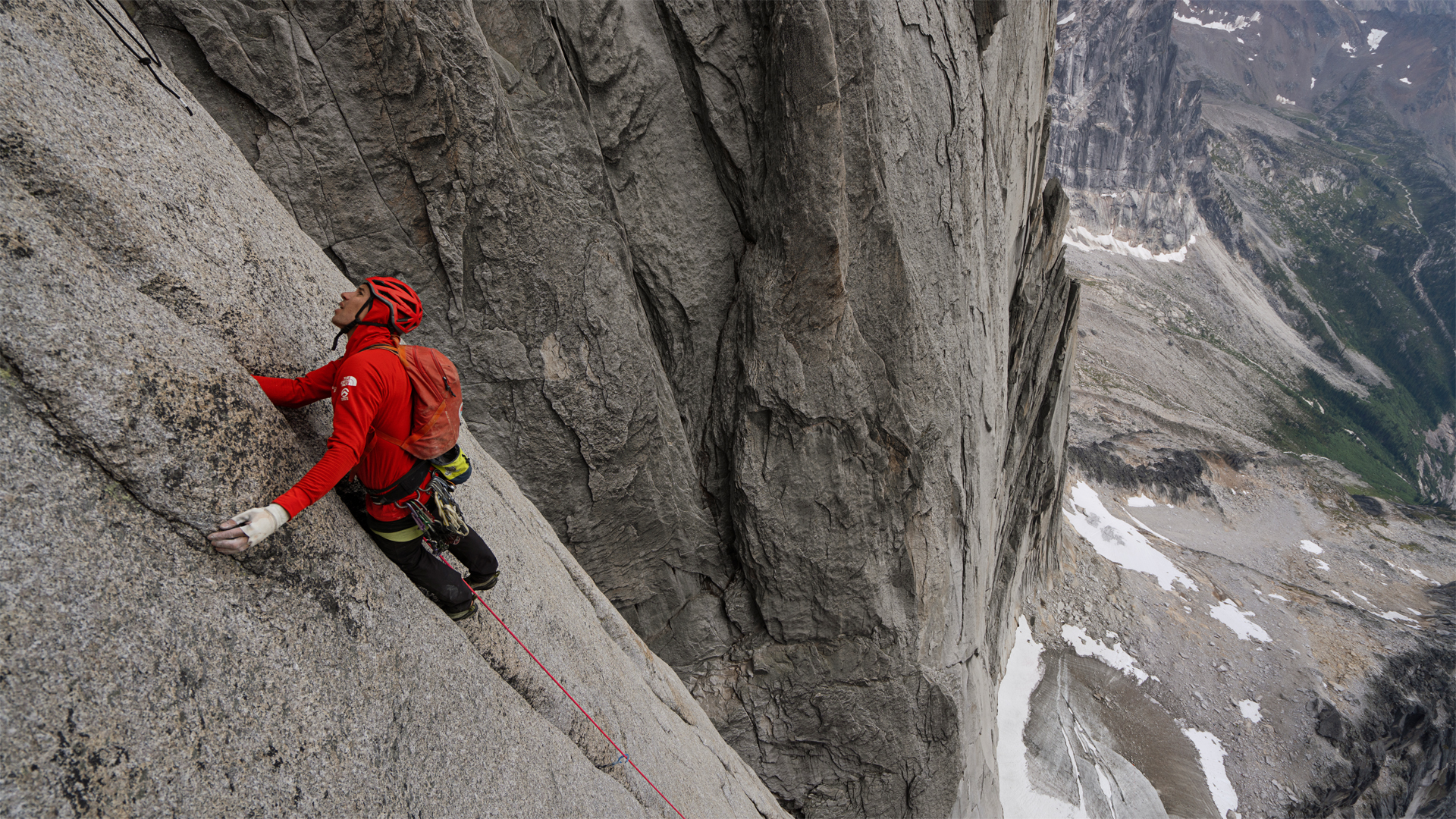Is wild camping on a summit overrated? The highs and lows of sleeping on a peak
We delve into the pros and cons of wild camping on a summit and give our verdict on whether or not the act is overrated
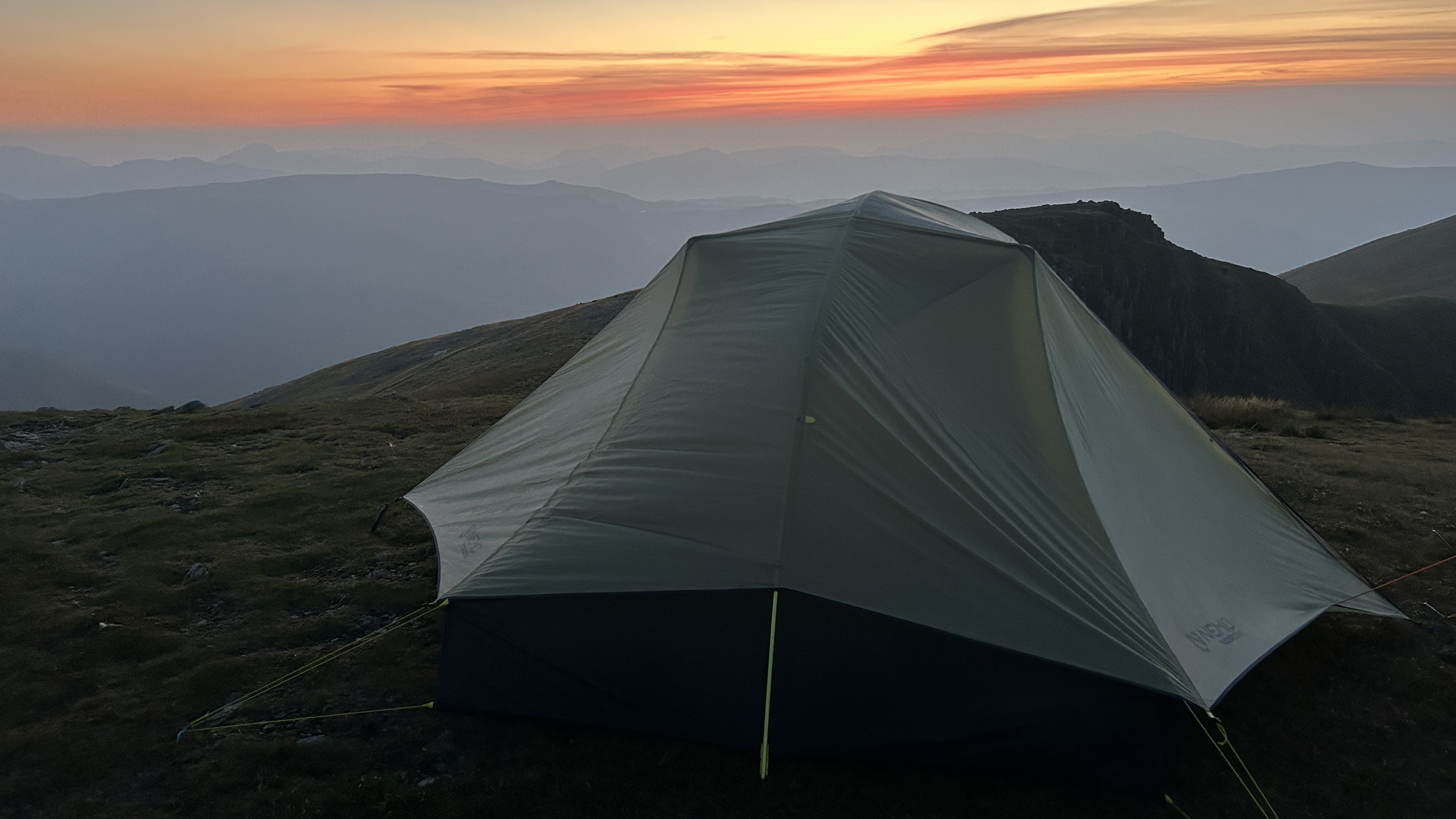
We’ve all seen the Insta vs Reality posts. A supposedly secluded beauty spot is revealed as a ticketed tourist attraction with queues for miles. An all-smiles family camping portrait is followed by a video of the kids complaining that they’ve not had a shower in days. A summit celebration makes way for the documented drudgery of a steep, endless, heather-bashing descent. But, nothing puts me in mind of the Insta vs Reality phenomenon like wild camping on a summit.
Let’s face it, wild camping content plays well on Instagram, even better if the camper in question has been adventurous enough to haul their camping equipment up to a mountain summit. Videos taken through a windblown tent flap of the sun rising above distant peaks, as steam rises from the camping stove, are nothing short of idyllic. Images of a lonely tent pitched on the apex of a great mountain are sure to stir the soul of any buccaneering outdoorsy type.
Yet I’d argue that it’s often the case that such a camping expedition is nowhere near as idyllic as the images would suggest. I’d assert that camping on a summit may well be overrated compared to other forms of wild camping, often entailing sleep deprivation, uncomfortable levels of cold and a whole load of effort.
Before I’m labelled as some form of mountain camping Grinch, let me say this: with careful planning, ideal conditions and the right kit, wild camping on a summit can be a magnificent, life affirming experience. So, it definitely has a place. In this feature, I’m going to play devil’s advocate, making the case for and against sleeping on a summit, before reaching my verdict on whether or not it’s overrated. My advice to you would be to get the kit and get out there and judge for yourself – if it's safe to do so, of course.
Meet the expert
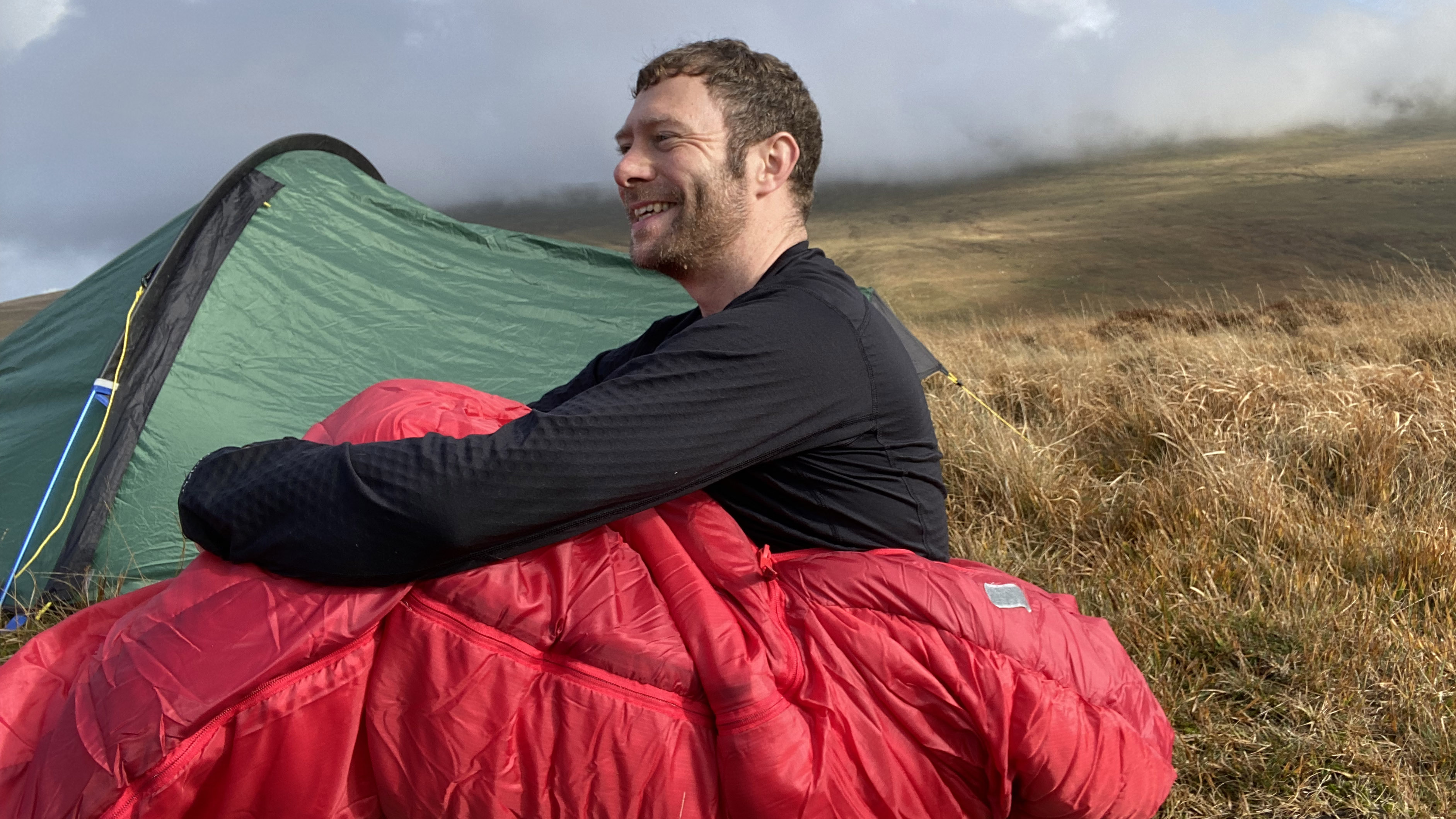
Alex is a qualified Mountain Leader and former President of the London Mountaineering Club. He enjoys all forms of mountain adventure, from alpinism and skyrunning to hillwalking and wild camping. He’s camped on a fair few summits in his time and shares his hard-earned wisdom here.
The case against wild camping on a summit
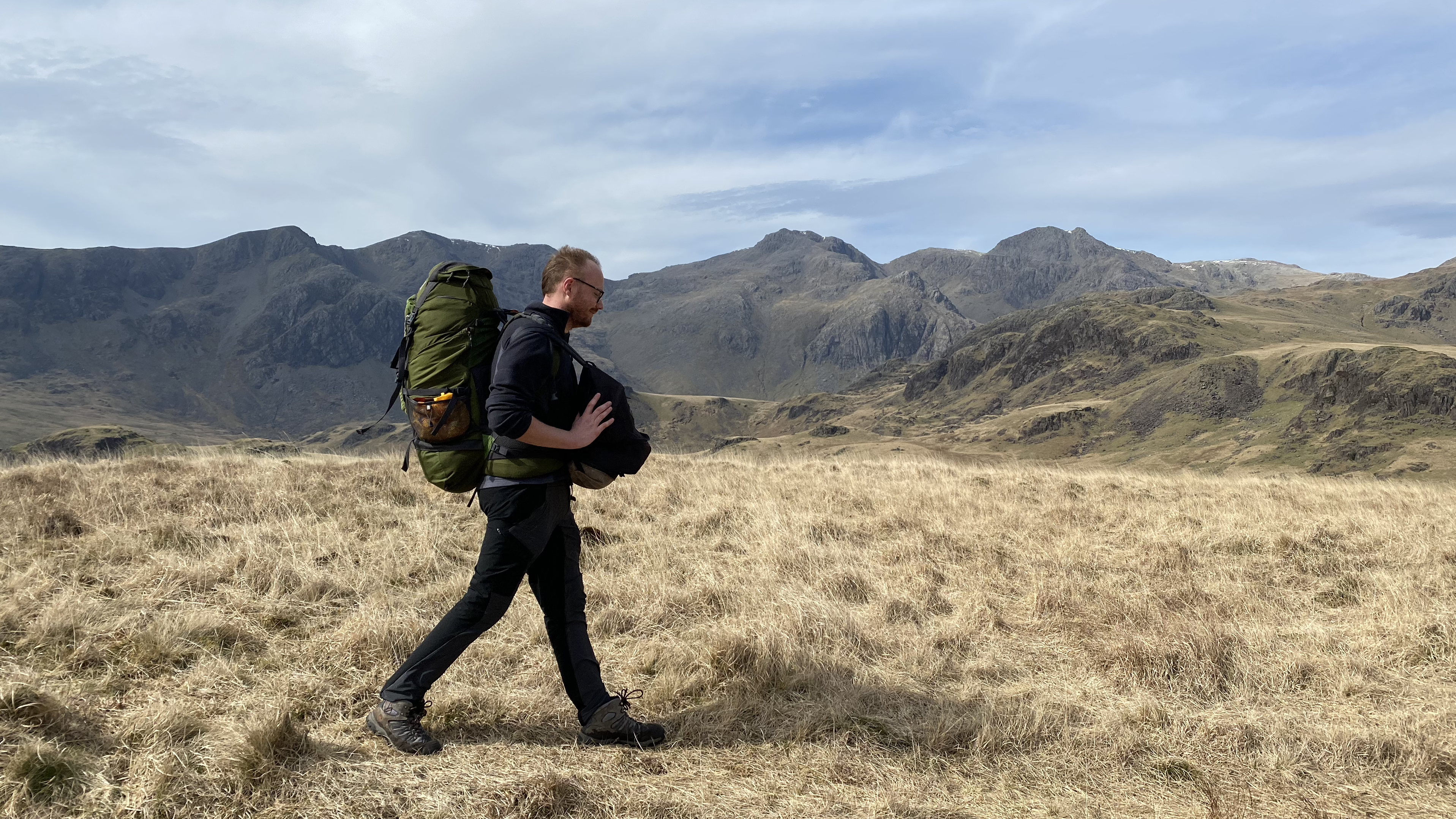
Wild camping on a summit is a load of hassle. Climbing mountains is a strenuous business even when simply hiking, never mind when you’re also lugging up a tent, sleeping bag, stove, sleeping pad, pillow, breakfast and the rest. Getting all of this stuff to a summit can be a real chore. Also, because of this, you’re less likely to take additional items that would make the camping experience more comfortable, such as camping chairs, a good book and other luxury items.
Much better to seek the comfort of camping low and then have the freedom to explore the surrounding peaks with your daypack. Give me fast and light over slow and heavy any day. I implore, don’t exhaust yourself before you’ve had the opportunity to fully enjoy the mountains.
Plus, mountains are pointy, rocky things and finding a level patch of soft terrain for a pitch can be impossible on a summit. Even if you’ve got a meaty sleeping pad, like the tremendous Nemo Tensor Extreme Conditions, if you’re not lying flat, you’ll struggle to get comfortable at night.
Advnture Newsletter
All the latest inspiration, tips and guides to help you plan your next Advnture!

Then, there’s the fact that, by its very nature, a summit is usually fully exposed to the elements. Unless your chosen peak is sheltered by a much larger neighbor, it’s going to be in the firing line of whatever the weather gods throw at it. Wind is the enemy of a good night’s sleep and summits tend to be very windy places. Even if you pitch so that your tent’s sides aren’t facing into the gusts, it’s still a noisy business. Combine this with the endless hammering of rain on the canvas and you’ve got a recipe for an all-nighter.
Ah, then there’s the cold, even in summer. Forget about sitting out and enjoying the sunrise. Have you any idea how cold it is at dawn on the top of a mountain? It’s enough to send shivers down my spine even now. Don’t even get me started on when you need to pop out if nature calls in the dead of night. Besides, the sunrise is bound to be an anti-climax anyway when all that cloud rolls in to spoil the fun.
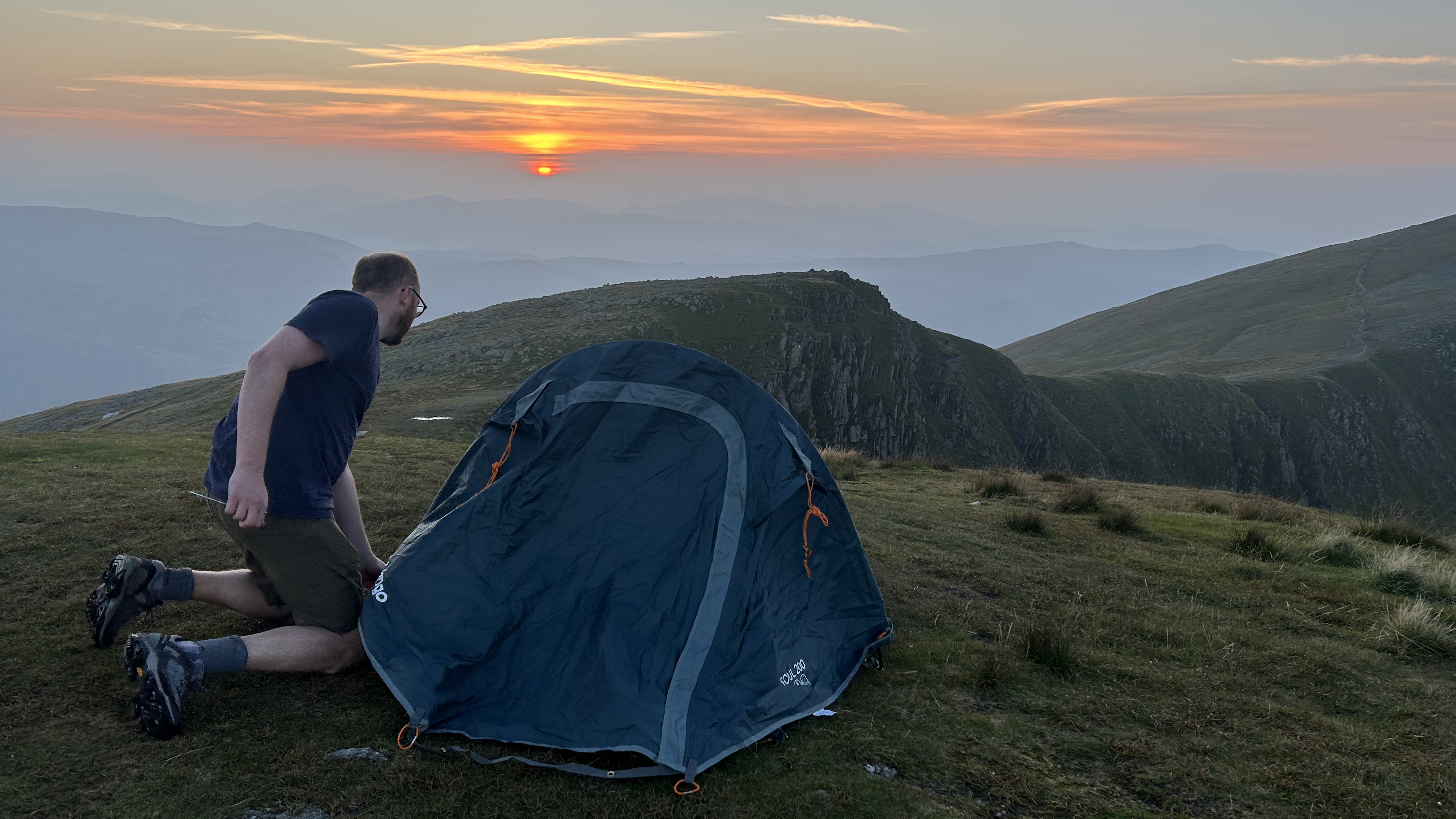
So, fatigued from the ascent, sleep deprived and cold to the bone, by the time dawn breaks you’ll want nothing more than to be off the mountain and enjoying a coffee in the valley.
The case for wild camping on a summit
Don’t pay any head to that silly naysayer above. On the right day, with proper planning, the knowledge of how to pitch a tent properly and on a carefully considered peak, wild camping on a summit is fantastic.
Before I start shooting down my arguments above, consider the spectacle of the sun sinking behind fading ridges, setting the sky alight in crimson and pink and gold; of the not quite silence of the high mountain environment at night; of the celestial heavens set ablaze by the lack of light pollution; and of the muted orange orb of the sun rising again above mist-covered valleys. No luxury hotel can compare to your chosen spot. You’ve got a front row seat to the greatest show on Earth. This right here is the case for wild camping on a summit. But, what about all those reasons from earlier for why not to seek this out. Well…
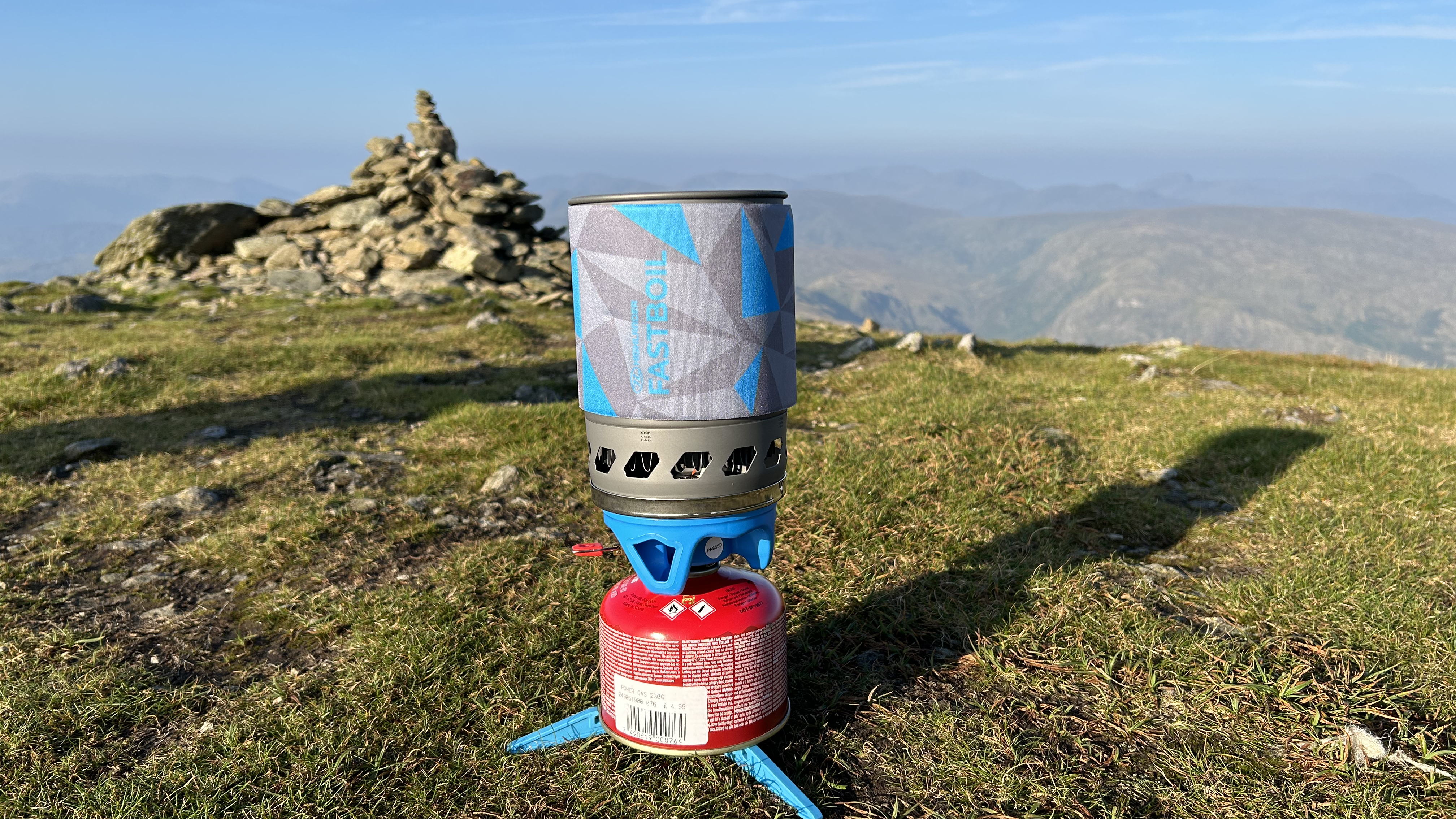
Let’s deal with how much effort is involved to reach the top of a mountain first. Not all summits involve a heroic, Messner-esque climb. There’s no need to make the approach and climb to a peak overly strenuous. Choose a summit that’s accessible via an amenable trail that benefits from a high trailhead. When your backpack is weighed down by all your camping kit, the last thing you want is to be slogging up from sea level. By taking some of the initial effort out of reaching your chosen pitch, you’ll be happier when you get there.
No one wants to camp in terrible weather or on a slope. This is where careful planning comes into play. Before setting out on your camping expedition, check a mountain weather forecast and pay close attention to factors like wind speed and direction, as well as expected rainfall and summit temperatures. For a summit camp, you want negligible wind speeds and temperatures that your sleeping bag and pad are rated to cope with. And as for the pitter patter of rain on the canvas, it’s actually quite a calming, soporific sound, no?

If all of this aligns, there’s no reason your summit camp won’t be as comfortable as any other. For the sunrise, stay in your sleeping bag, wear a down jacket, pop a hat on and enjoy the spectacle from the comfort of your tent.
There are plenty of flat places on mountain summits, but you need to do your research first. When choosing your peak, study the contours on the map or see if you can find photos of the top – or better still, reports of others camping up there. You’ll want to be confident you’ll be able to find a lovely, level pitch for your tent.
Is wild camping on a summit overrated?
Wild camping on a summit takes careful planning, physical effort and can entail at least some hardship – whether it’s lack of sleep, fatigue or cold. Venture up in the wrong forecast or with substandard kit and you’ll set yourself up for a real suffer fest or even an epic (in the bad sense). If you want a decent night’s sleep, camp in a lower, sheltered location. Many of the wild camps I remember most fondly were by secluded beaches or in remote valleys, rather than up high. One could easily argue that wild camping on a summit is overrated – it’s certainly not as idyllic as it looks to the uninitiated on Insta.
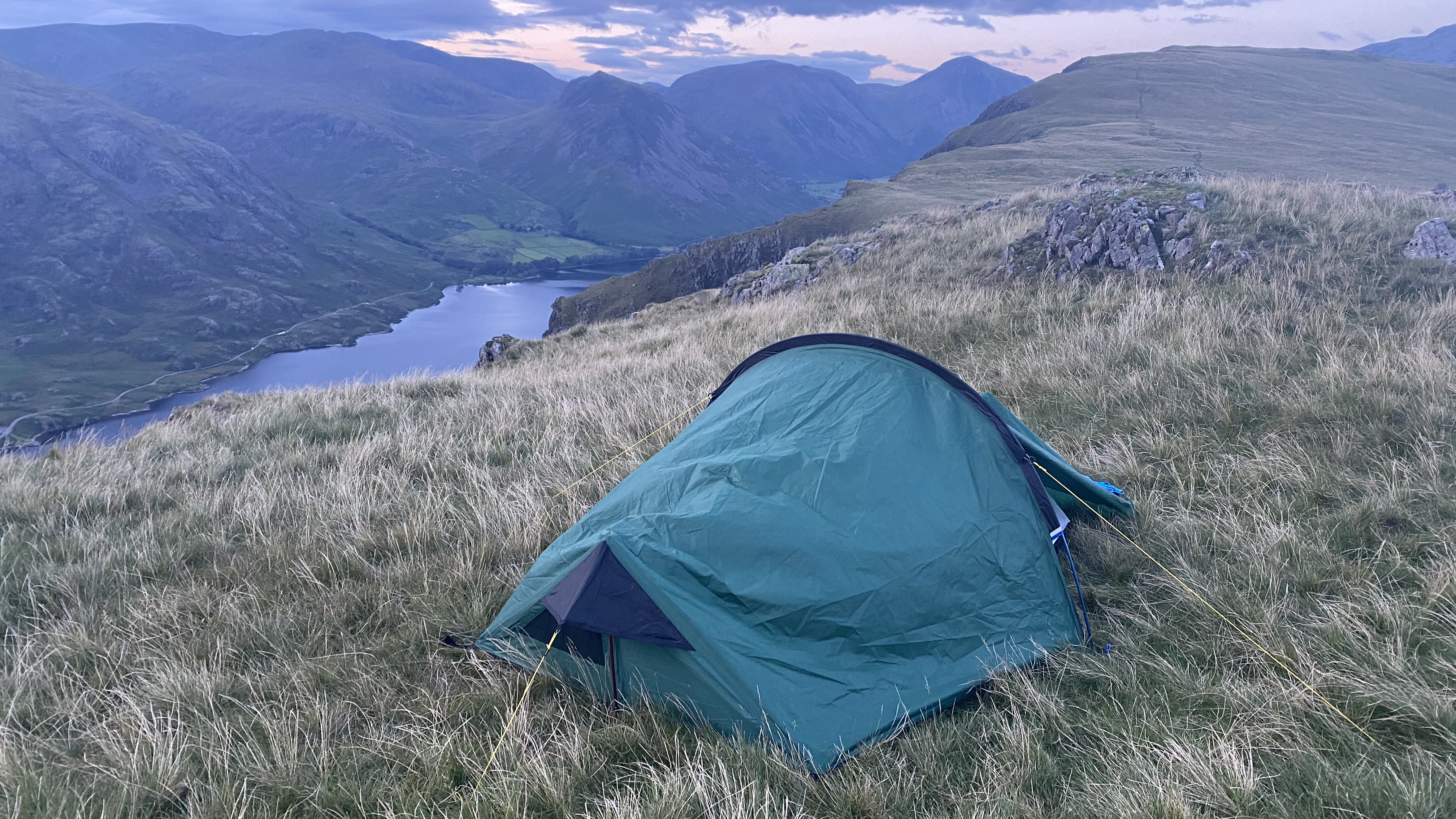
However, on good weather days with minimal wind and mild temperatures, summit wild camping can be hugely rewarding, if not life-affirming. Yes, there may still be a good deal of effort and, yes, there’ll be challenges. But, pushing your comfort zone is what it’s all about. And then there’s the majesty of the panorama from your pitch and the sense of satisfaction you get when you tell people: ‘yeah, I’ve camped up there’.
Is wild camping on a summit overrated? At its best, when it all goes to plan, there are few finer pleasures in life. It’s just that, everything doesn’t always go to plan. This is what makes it so special when the stars do decide to align.
Alex is a freelance adventure writer and mountain leader with an insatiable passion for the mountains. A Cumbrian born and bred, his native English Lake District has a special place in his heart, though he is at least equally happy in North Wales, the Scottish Highlands or the European Alps. Through his hiking, mountaineering, climbing and trail running adventures, Alex aims to inspire others to get outdoors. He's the former President of the London Mountaineering Club, is training to become a winter mountain leader, looking to finally finish bagging all the Wainwright fells of the Lake District and is always keen to head to the 4,000-meter peaks of the Alps. www.alexfoxfield.com

